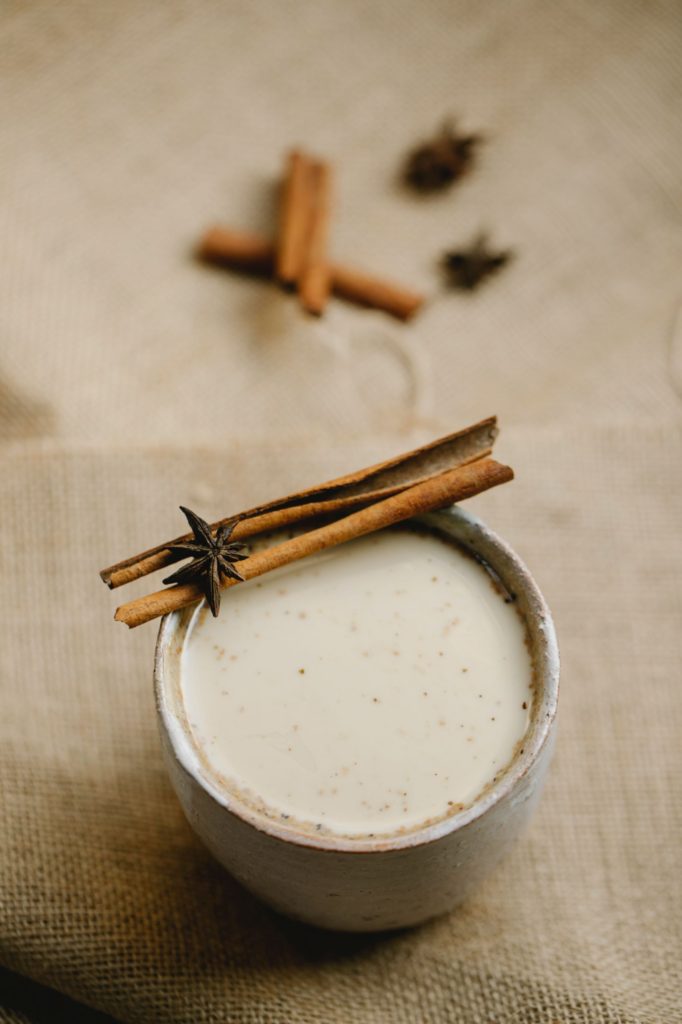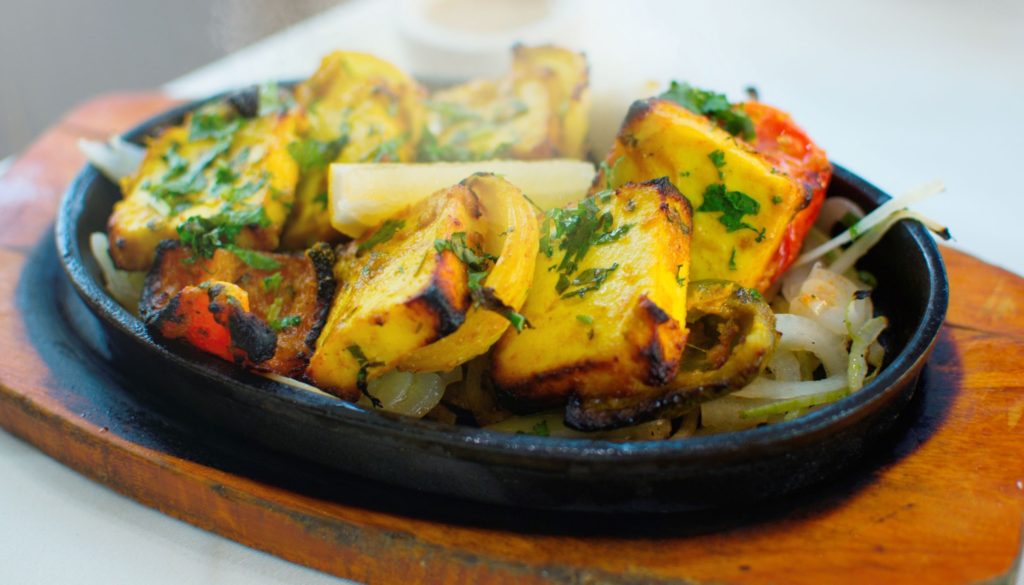
How Indian dairy products evolved │ Consumption pattern in different parts of Indian dairy
Indian Dairy products -Path has taken different from Western dairy products
From prehistoric times, the sweltering Indian climate ensured that, as in the Diverse Sources Belt, milk would be more often used soured than fresh. But there are several critical differences. Not only Western-style aged cheeses but the fresh and brined cheeses of the earlier milking region are conspicuous by their absence from Indian tables. In fact, so are most dairy foods made from raw rather than cooked milk. Boiling milk after milking and before using it for most other purposes seems to be a very ancient Indian culinary tradition. It changes the milk’s receptiveness to different culturing organisms, discouraging those that would produce fresh cheese. (A second anti cheese factor is that killing young animals for rennet would violate the principle of ahimsa.) But boiling makes milk all the more suitable for yogurt, which depends on having “thermophilic,” or heat-preferring, bacteria introduced at a temperature close to 110°F.
Most of the favourite Indian dairy products start off with milk being boiled and allowed to cool until it reaches the right stage to be inoculated with a little of yesterday’s yoghurt. You might not guess how thoroughly yoghurt from both cows’ and buffaloes’ milk pervades the cuisine from the many Indian books about food that insist on saying “curd” or “curds” for indigenous words such as the Hindi dahi.

Yoghurt is a dish in its own right and the foundation of various beverages and cold relishes, as well as an element in innumerable sauces, dressings, soups, and desserts. It is also the starting point of churned butter (Hindi makkhan ). Because of its basis in yoghurt, the buttermilk (Hindi chhas, Tamil moru) resulting from butter churning has nuances that would be hard to duplicate anywhere in the world. In fact, anything based on yoghurt—highly non-standardized throughout the subcontinent—is likely to taste different even from one Indian region to another. In addition, there will be differences between the cows’-milk and buffaloes’-milk versions.
Buffalo yogurt starts out creamier and denser, and yields more butter in churning. The butter itself is almost pure white because it contains more finished vitamin A than the yellowish precursor beta-carotene that predominates in most cows’ milk. Freshly churned butter of either kind can be eaten as is, but is more often slowly simmered to produce the ambrosial cooking fat called ghee , which is also yellow or white depending on the animal it came from. The long, gentle cooking evaporates any remaining water and makes it easier to “clarify” the milkfat, or separate it from any residual milk solids; without such treatment it would be extremely perishable.
Plain fresh milk does play a part in Indian cuisine, but there are distinct regional preferences that perhaps reflect different degrees of lactose tolerance. Though it is hard to sort out the many statistical claims that have been published with very hazy scientific documentation, people in the northern states appear much more likely to maintain lactose-digesting ability into adulthood. In those regions, people occasionally drink milk as a beverage—but usually when it has been heated and partly cooled, and usually with some kind of sweetening.
The north has also produced a milk-based specialty t. It is a kind of curd made by heating milk (sometimes buttermilk) and adding an acidulant like lemon juice that causes casein (the major milk protein) to precipitate out of the whey in a semisolid white mass. Called chhenna in that form, panir when cut into cubes, this very bland and slightly rubbery substance often turns up on English-language restaurant menus as “cheese” or something like “cottage cheese,” “soft cheese,” or “pot cheese.” In fact it is none of the above, never having been exposed to either rennet curdling or bacterial fermentation. But it is a wonderfully versatile foil to rich-flavoured sauces and purées, and in the form of chhanna makes lovely patties and dumplings.
The idea for this not-exactly-cheese may have come from either the conquering Moghuls, who swept through India from north to south starting in about 1525, or the Portuguese, who were already carving out spheres of influence before the Moghuls arrived. There was a block to its acceptance: the widespread Hindu belief that “breaking,” or “cutting,” milk into “parts” (curd and whey) violated the holy substance’s integral nature. For some reason, the taboo was soon overcome by northern Hindus but frequently persists elsewhere. This is why chhenna and panir never became everyday foods in regions where Moghul or Portuguese influence was slight. Generally speaking, they are less important the farther you get from the first Moghul strongholds in the north.

A more widely accepted northern contribution is unsoured milk cooked down to different concentrations, usually with added sugar. Among the passionately loved specialities based on reduced milk are several forms of clotted cream (malai); various sweet, rich milk puddings thickened with rice; and a fudge-like a concentrate known as khoa, which is the basis of an entire sweetmeat industry (especially in West Bengal State and neighbouring Bangladesh). For non-Indians, the huge repertoire of reduced-milk confections and sweets tends to be at best an acquired taste.
As in the Diverse Sources Belt, the practice of drinking milk fresh and unflavoured has historically been infrequent, even in zones of widespread lactose tolerance. But today India has an aggressively progress-minded dairy industry (though it is somewhat constrained by attitudes toward cows), powerfully influenced by modern Western notions about milk drinking and eager to be a model for Western-style dairying enterprises in the less-developed Asian and African tropics. It is impossible not to wonder how the older milk-based traditions will be affected by the imposing of views originally shaped by radically different cultures and geographies.
Consumption patterns of Indian dairy products

Milk drinking and the consumption of other dairy products is by no means uniformly distributed across India. Instead, as the maps posted here indicate, the country has a strong longitudinal gradient in this regard. Milk drinking is pronounced in the northwest but is relatively rare in the northeast, with per capita consumption on the state-level varying by well more than an order of magnitude. The same pattern is found on the maps of both urban and rural consumption. The only major difference between the two is the fact that urban dwellers, being wealthier on average, tend to drink more milk than rural dwellers.

At one level, the east/west dairy disparity in India is easily explained on a genetic basis. In northwestern India, the vast majority of people are lactose tolerant and hence can drink milk without digestive problems into adulthood. In eastern India, on the other hand, most adults are lactose intolerant. (Some dairy products, however, are generally digestible by those with lactose intolerance; this is particularly the case with ghee, or clarified butter, an essential component of many Indian dishes.)
In non-milk-drinking north-eastern India, the lack of protein in the diet is generally made up by the consumption of meat, eggs and fish. Vegetarian precepts are much weaker among Hindus in north-eastern India than among those in the west. In Bengal, even Brahmins — whose dietary restrictions are pronounced — are allowed to eat fish, which can seem shocking to those from western India. The widespread consumption of fish in north-eastern India is probably linked both to the abundance of fresh-water fish in this humid region and to the fact that most people here cannot digest milk. Evidently, fish-eating — or at least the consumption of certain kinds of fish — is a long-standing practice among Bengali Brahmins. The high levels of meat consumption in such Indian states as Goa, Mizoram, Meghalaya and Kerala is rooted in the fact that many or most of their inhabitants are non-Hindu (Christian in the first three cases; Christian and Muslim in the last).
Milk Utilization pattern in India
| Products | % Milk Utilized |
| Liquid Milk | 50 |
| Ghee | 32 |
| Curd/yoghurt | 7 |
| Butter | 6.5 |
| Khoa | 5.5 |
| Milk Powder | 4 |
| Cheese/Panner | 2 |
| Cream | 0.5 |
| Ice-cream | 0.2 |
| Others | 0.5 |
Classification of Indian dairy products with Confections
| Type | Definition | Products | Confections |
| Concentrated / partially desiccated products | Milk is heated and moisture is removed for enhanced shelf life of the products. | Khoa ,Rabri and Basundi. | Gulab jamun , Burfi ,Kalakand ,Milk cake,Raabadi etc. |
| Acid coagulated products | These are the coagulated products obtained upon addition of acidulant(s) to heated milk. Extent of removal of moisture controls the texture. | Panner and Chhana. | Rasogolla , Rasomalai , Sandesh etc. Kala Jamun ,Pantooa. |
| Fermented products | Lactic cultures are used to ferment the milk at specific temperature and for specific duration. | Dahi (Curd),Misthi Curd ,Chakka,Shrikhand,Shrikhand wadi. | Lassi , Chhachh . Kadhi,Raita ,Dahiwada |
| Milk Fat Based products | Fat is extracted from milk and further processing of fat is done. | Ghee ,Makkhan and Malai (Cream). | Pinjiri |
| Frozen Products | Freezing & Concentrating the products by addition of sugar . | Kulfi ,Malia ka baraf and Milk Ice. | |
| Cereal based puddings. | Creal is added in the product (Mainly rice) and heat treated to concentration. | Kheer , Payasam. |